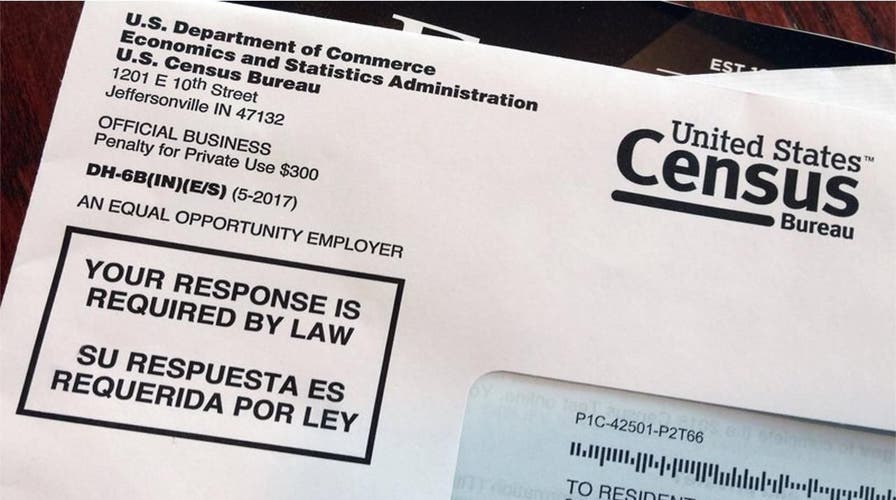Fox News Flash top headlines for Sept. 26
Fox News Flash top headlines for Sept. 26 are here. Check out what's clicking on Foxnews.com
The percentage of foreign-born U.S. residents is the highest since 1910, according to U.S. census data released Thursday from the 2018 American Community Survey (ACS).
Some 44.7 million people living in the U.S. were not born in the country, equivalent to 13.7 percent of the population. Around 22 million of those were not born in the U.S. and were “not a U.S. citizen,” figures which come in the midst of a political debate over whether the 2020 census should include a U.S. citizenship question.
Whether the 2020 census ought to include such a question has spurred fierce political debate. The ACS, compiled by the U.S. Census Bureau each year, includes questions on a person’s place of birth, citizenship and what year they entered the U.S.
DARRELL ISSA LAUNCHES HOUSE BID AGAINST EMBATTLED FELLOW REPUBLICAN DUNCAN HUNTER
The Supreme Court in June ruled that the Trump administration needed to provide a more specific and valid reason for adding the citizenship question to the 2020 census. The government in July announced it had started printing census docs without the citizenship question.
IRAN'S ROUHANI BACKS MOVING UN OUT OF NEW YORK TO A 'BETTER' COUNTRY
Between 1960 and 1970 about one in 20 residents living in the U.S. was foreign-born, as Bloomberg reported. Today, around one in seven residents holds such a distinction. In America’s largest states -- Texas, California, New York and Florida-- more than 15 percent of residents are foreign-born.
Other notable data released Thursday included that though income inequality expanded, poverty rates also decreased between 2017 and 2018, the fifth consecutive annual drop. In 2018, 13.1 percent of the U.S. population fell below the poverty line. In 2017, the number was 13.4 percent. Overall, the poverty rate declined in 14 states and Puerto Rico and increased in only one -- Connecticut.
At the same time, the Gini Index grew from 0.482 in 2017 to 0.485 in 2018, where zero represents perfect equality and one represents perfect inequality.
CLICK HERE TO GET THE FOX NEWS APP
At the same time, median household income rose 0.8 percent to $61,397 from 2017 to 2018. Numbers were adjusted for inflation to 2018 dollars.





















